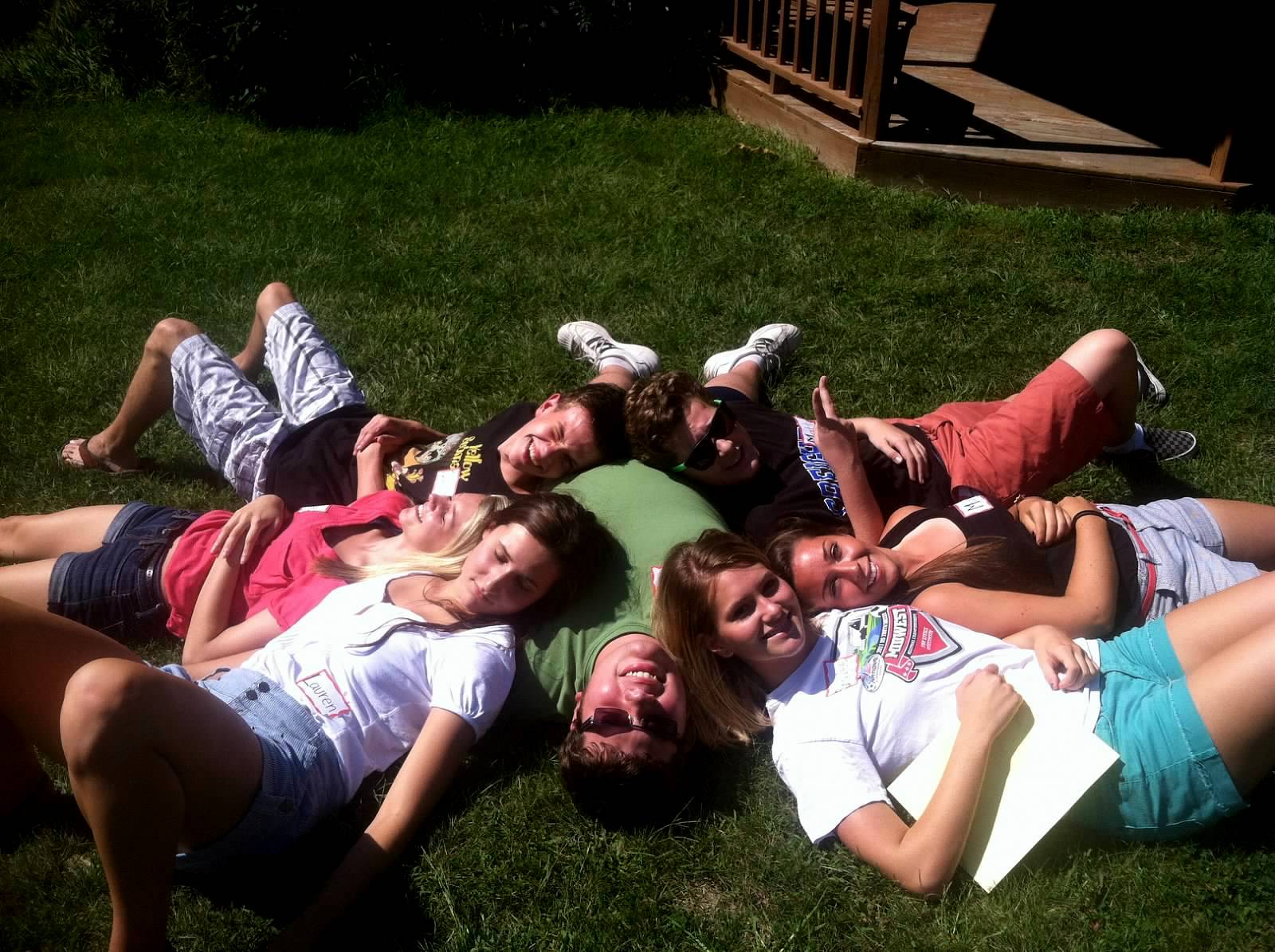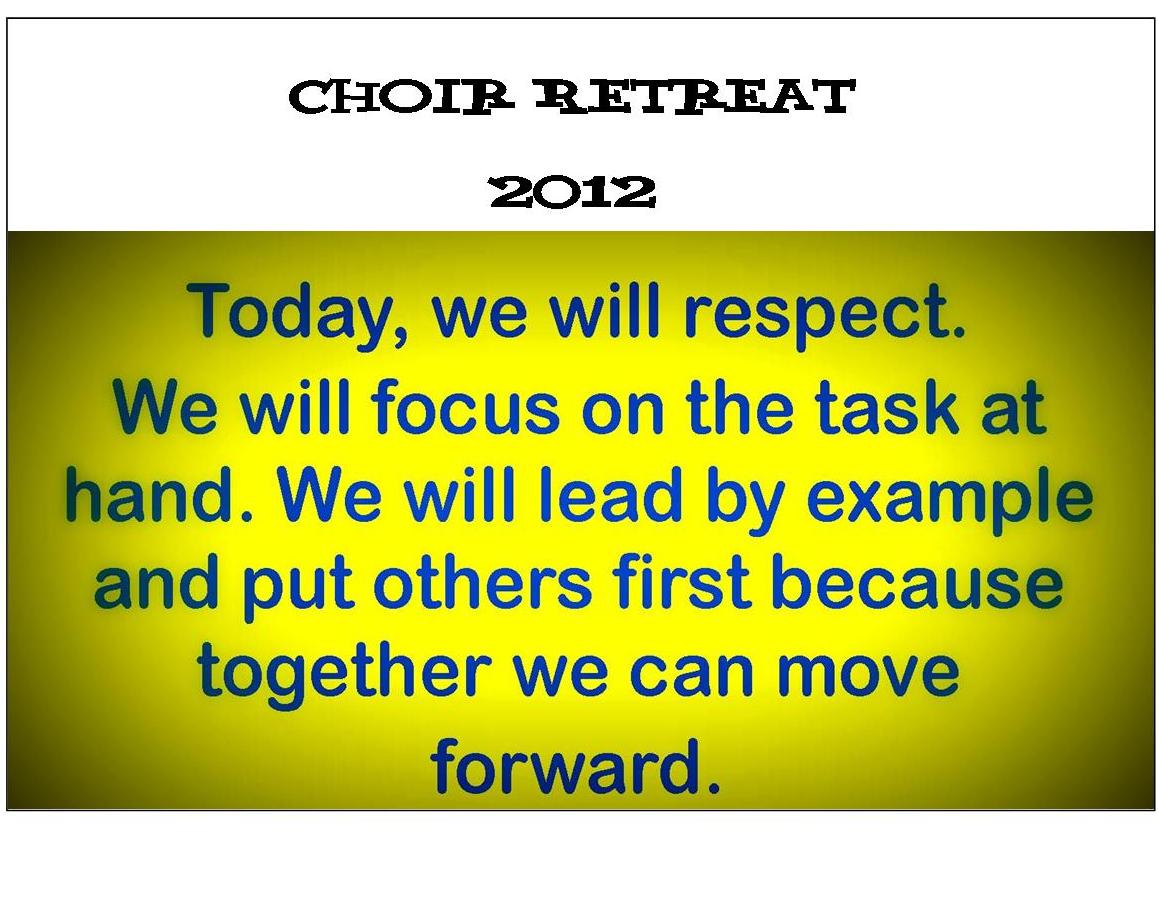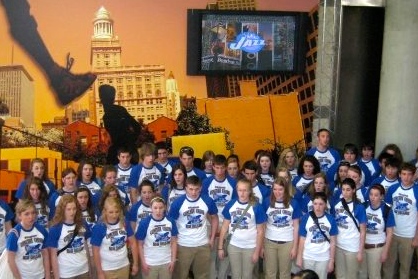what attracts us to them is their melody, and as we get to know who they are, we learn about the harmony, rhythm and lyric that makes them unique.”As you begin to plan for your fall and the anticipation of working with new singers in your choirs, it’s important that all singers, especially the new young people, feel included right fr…
what attracts us to them is their melody, and as we get to know who they are, we learn about the harmony, rhythm and lyric that makes them unique.”
As you begin to plan for your fall and the anticipation of working with new singers in your choirs, it’s important that all singers, especially the new young people, feel included right from the start. Here are two small group activity you can use as an icebreaker or getting to know you activity. These icebreakers are in the form of games, are a ton of fun and don’t take very long.
GROUP JUGGLE
The goal of this game is for students to learn about each other and to discover that each person has unique experiences and talents to bring to the group. Form small groups of five people each. Ask members of each group to sit in a circle. Give each person 15 beans (dried). Explain that group members are to try to collect beans by describing their abilities and talents or unique experiences. For example, a person might tell about running in a 15K race, winning an art contest when she was four, or being able to wiggle their ears or recite a famous poem. Remind participants that everything they say must be true! How to collect beans: After someone shares a unique activity or ability, each group member who hasn’t done that activity or doesn’t have that ability must give that person ONE BEAN. Have group members take turns listing their unique experience and abilities until every one has shared 10 traits. Ask participants to report how many beans they have collected. Ask for the person with the most beans to report on different unique activities or abilities mentioned by their group members.
Discussion:
1. How easy was it to list things no one else had done?
2. If you could choose one of the activities you heard that was done, which one would it be?
3. How can our unique experiences make our group stronger?
4. How can our shared experiences make our group stronger?
Adapted from: Keefer, Mikal (Compiler). All-Star Games from All-Star Youth Leaders. 1998. Loveland, Colorado: Group Publishing, Inc.









